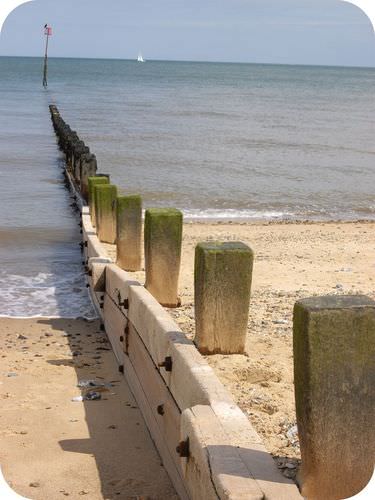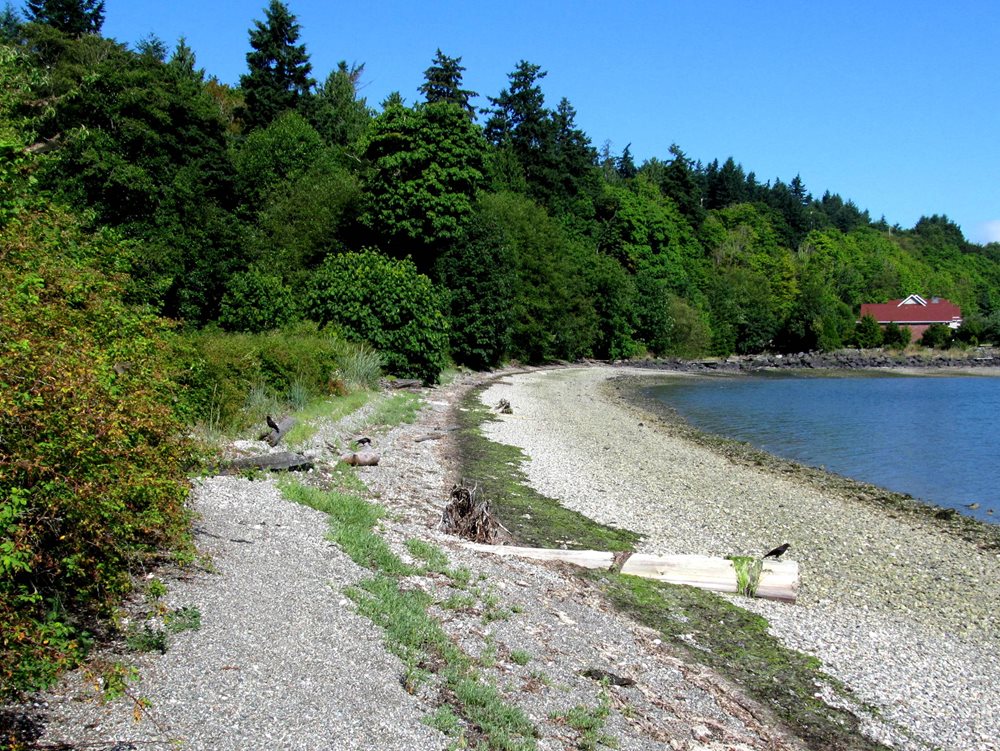What Does Shore Protect Team Mean?
Table of ContentsThe Best Strategy To Use For Shore Protect TeamNot known Details About Shore Protect Team 9 Easy Facts About Shore Protect Team ExplainedThe Ultimate Guide To Shore Protect TeamSome Known Details About Shore Protect Team The Facts About Shore Protect Team UncoveredThe smart Trick of Shore Protect Team That Nobody is Talking About
Decrease in home value: As the location tourist is affected by erosion, so then is the economy. Purchasers are less most likely to look for a coastline house that can be damaged at any kind of moment by the upcoming flooding and disintegration emergency situation. Consequently, home value can drop greatly and impact the whole region.Whether a beach is just small and crowded or has to shut entirely for the safety of the ecological community and nearby homes, this considerably impacts tourist. Subsequently, regional economic climates are influenced (https://www.find-us-here.com/businesses/Shore-Protect-Team-Katy-Texas-USA/34376226/). Risk of injury: The increased danger of flooding and structural failings creates a boosted threat of injury to neighboring visitors and neighborhood participants

Coastline stabilization is directly related to their job. Waterfront resorts: Due to the fact that coastline erosion effects tourism, it impacts the success of waterfront hotels.
What Does Shore Protect Team Do?
Coastal business businesses: No tourists means no business. Coastal state parks: State parks that exist along coasts are at danger of damages.
Tough stablizing uses man-made frameworks as defense to regulate erosion. The majority of kinds of tough stabilization like seawalls and sheet metal are not optimal for shoreline stabilization.
Excitement About Shore Protect Team
There's additionally not nearly enough evidence of their performance depending on the kind of coastline and local problems. Difficult stablizing techniques have a tendency to be harder to set up and do not match the natural visual, standing out like a sore thumb and harming local environments in many circumstances. Coastline nourishment is the process of including shed sand and sediment back to beaches after erosion has taken place.
TrapBags help in the process of coastline nourishment by shielding all-natural communities and permitting plants to expand. While this process can be costly and is not permanent, the pros have a tendency to outweigh the cons. TrapBag barriers deal lots of properties that make them ideal for coastal and shore erosion protection. They're: Ecologically pleasant: You can use native soil both to surround and to fill up the TrapBags.

The Ultimate Guide To Shore Protect Team
Easy to install: Relieve of installation means TrapBags can be released rapidly in the occasion of an emergency situation. They can additionally be set up without any heavy machinery. Budget-friendly: TrapBags are optimal for both tiny and huge areas of coastline. They supply a budget friendly remedy to cover projects of any kind of size.
Incorporated with a high building and construction expense, this has resulted in increasing use other soft design coastal management choices such as coastline replenishment. Seawalls are built from different products, many commonly strengthened concrete, stones, steel, or gabions. Other possible building products consist of vinyl, timber, light weight aluminum, fiberglass composite, and biodegradable sandbags made from hemp and coir. The appropriate seawall design relies upon location-specific facets, including surrounding disintegration procedures. There are 3 major types of seawalls: upright, curved, tipped, and piles (see table listed below). A record published by the United Nations Atmosphere Program (UNEP) recommends that the tsunami of 26 December 2004 created less damages in the locations where natural obstacles were existing, such as mangroves, coral reefs or seaside greenery.
Natural obstacles, such as coral reefs and mangrove woodlands, stop the spread of tidal waves and the flow of seaside waters and reduced the flooding and surge of water. A cost-benefit method is an efficient method to establish whether a seawall is appropriate and whether the advantages deserve the cost.
Shore Protect Team Things To Know Before You Buy
A seawall is a static attribute which can clash with the vibrant nature of the shore and restrain the exchange of debris between land and sea. Benefits and negative aspects of seawalls according to Short (1999) Benefits Disadvantages Lengthy term solution in comparison to soft beach sustenance (https://www.spreaker.com/user/shore-protect-team--18720914).

This can trigger coastlines to dissipate, making them useless for coastline goers. Typically, seawalls can be an effective way to regulate coastal erosion, but only if they are created well and out of products that can withstand the force of continuous wave power.
What Does Shore Protect Team Do?
The suitable seawall style counts on location-specific facets, including bordering erosion processes. There are 3 main kinds of seawalls: upright, bent, stepped, and mounds (see table below).
All-natural obstacles, such as reef and mangrove woodlands, avoid the spread of tsunamis and the circulation of seaside waters and reduced the flooding and surge of water. A cost-benefit approach is a reliable way to identify whether a seawall is suitable and whether the advantages deserve the expenditure.
Little Known Facts About Shore Protect Team.
A seawall is a fixed function which can contravene the vibrant nature of the shore and hamper the exchange of debris in between land and sea. The table below sums up some positive and unfavorable effects of seawalls which can be used when contrasting their efficiency with other seaside monitoring choices, such as beach nutrients. [] Advantages and downsides of seawalls according to Short (1999) Benefits Drawbacks Long-term option in contrast to soft beach nourishment. bulkhead cost.

This can trigger beaches to dissipate, providing them pointless for coastline goers. Normally, seawalls can be an effective way to manage seaside erosion, however just if they are constructed well and out of materials that can hold up against the force of ongoing wave energy. Some understanding is needed of the seaside processes and morphodynamics certain to the seawall location.